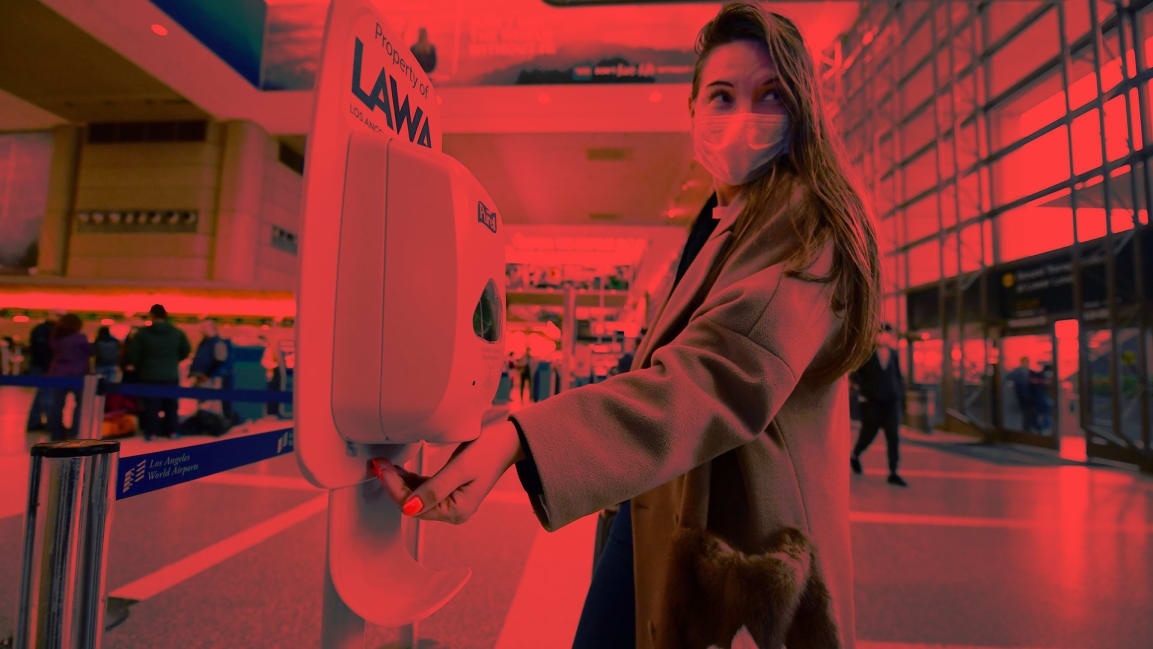How to lead in times of crisis
The novel coronavirus, also known as COVID-19, is a case study in uncertainty. Nobody knows how long the outbreak will last or how bad it will be. People can only speculate as to how the virus, or fear of the virus, will ultimately affect the economy or a particular company. For business leaders who may already be experiencing some sort of crisis, COVID-19 plays in the background as an additional source of stress. Moreover, uncertainty about the coronavirus does not end at the workplace door—it is a 24/7 concern employees have for themselves as well as their family, friends, and community.
The fundamentals of communicating with employees about the coronavirus (which apply to any of your key stakeholders) begin with time-tested principles for any crisis: Open, honest, clear, and timely communications to build trust and demonstrate capable leadership. Employees need to believe that their organization is able to handle the crisis. If you have not already communicated to employees about the virus, you should do so now. If you have, remember to take a human and humane approach to address their fears and be sure to update them regularly.
Here are some specific steps you can take in communicating about COVID-19 to your employees.
Rely on experts to strengthen your voice
An effective crisis strategy begins by separating charged emotions from facts and data. One of the best ways to amplify expertise and convey calm is to leverage other voices of authority. Review reliable information about the virus from national sources such as the Center for Disease Control (CDC) and local sources such as state or county health departments and pass this information on to employees. Review the CDC’s guidance for employers about the coronavirus to see how it impacts your business.
Use this opportunity to highlight preparedness
As the world waits to see what will happen with COVID-19, take a timely look at your business continuity plan. Early employee communications should highlight key elements of the existing plan. This helps support the less tangible psychological and emotional needs of an organization by:
Build community
Sometimes fear makes us feel powerless. Leaders can help the people around them feel safe by strengthening community. How is this possible when people are being asked to work from home and workplaces feel like petri dishes? Make mental well-being a focus alongside health and safety. In addition to communicating facts and preparedness plans, be sure to address the human toll a crisis takes. Issue a morning message or video from the CEO. Establish times when employees can virtually convene for a meditation or living-room yoga session. Make sure to publicize any existing employee resources, such as mental health hotlines, on-site social workers, or corporate chaplains, to address people’s stress. While you are reminding employees to wash their hands, also remind them to support one another.
Solicit feedback
And listen to it! Consider what assurances employees need to feel safe at work and at home. Address the questions across important categories such as technical support, health and safety, emotional well-being, employee benefits, and external pressures (financial challenges, childcare worries, elderly parents, and so forth). Your company may not be able to address all of the things that employees are facing, but they should be issues about which you are aware and compassionate.
Be willing to throw some rules out
This is a good time to review your travel, sick leave, and remote working policies. Based on employee and community feedback, it may make sense to bend or change established rules to address tangible health requirements or to simply convey support for people’s emotional needs. Communicate your willingness to work with people and to advocate for them during this time of stress. They will remember this long after the crisis has ended.
Show your work
Demonstrating competence and expertise do wonders for building trust. Even in a fast-moving crisis, take the time to convene various stakeholders for their feedback. Document your decision-making. Ask people in your organization to be ambassadors by channeling information upstream and down. Be prepared to answer questions and explain your choices.
Emphasize passion over persuasion
During a crisis, we often get mired in detail. It is not uncommon to surround ourselves with technical experts (and lawyers) and forget the power of human nature. Crises are not solved with reason and data alone. Recognize, your employees are first and foremost human. They have families and lives outside of work that are deeply important to them. By leading with empathy, you demonstrate dedication to employees as whole people.
The ramifications of crisis management, or more importantly mismanagement, last well beyond the end of a crisis. Employees, customers, partners, regulators, your community, are all watching carefully to see how you react to uncertainty. Responding to COVID-19 requires us to lead as much with our humanity and compassion as with our technical skills.
Meredith Parfet is the CEO and Aaron Solomon is the director of strategy of the Ravenyard Group, a crisis communications firm that fuses strategic and technical expertise with a focus on well-being.
(22)



